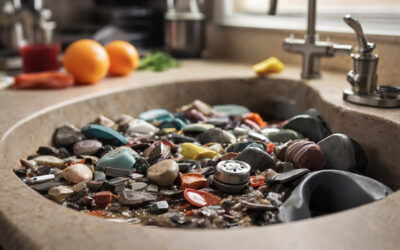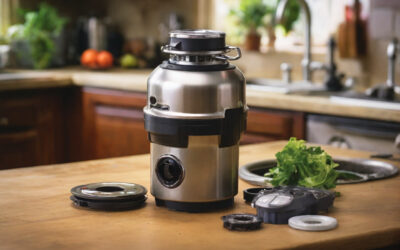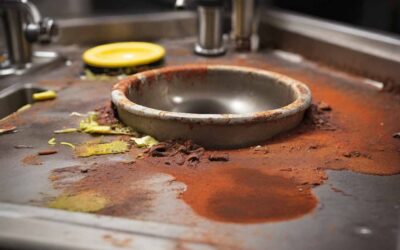Spills behind walls are not difficult to spot, but on the off chance that not settle rapidly. They can truly harm your domestic. These spills are infamous for shape development, auxiliary harm, and water defilement, which can be hurtful to well-being and cash.
Learning how to find a leak behind a wall is critical. Continue to understand your home country because you will recognize hidden problems early and solve them. Be able to detect and repair water leaks on time. Homeowners can protect their living space from the negative effects of moisture escape. Thus ensure a safe and healthy environment and secure your business.
Signs on How to find a leak behind a wall
The most prominent thing to look for before going for any kind of solution is the signs. Water leak signs are the most essential element for any kind of permanent solution against this disaster. How to find a leak behind a wall is simple. But it requires the correct amount of information in your hand. So, as it suggests learning the signs of leaks is your first and most essential priority.
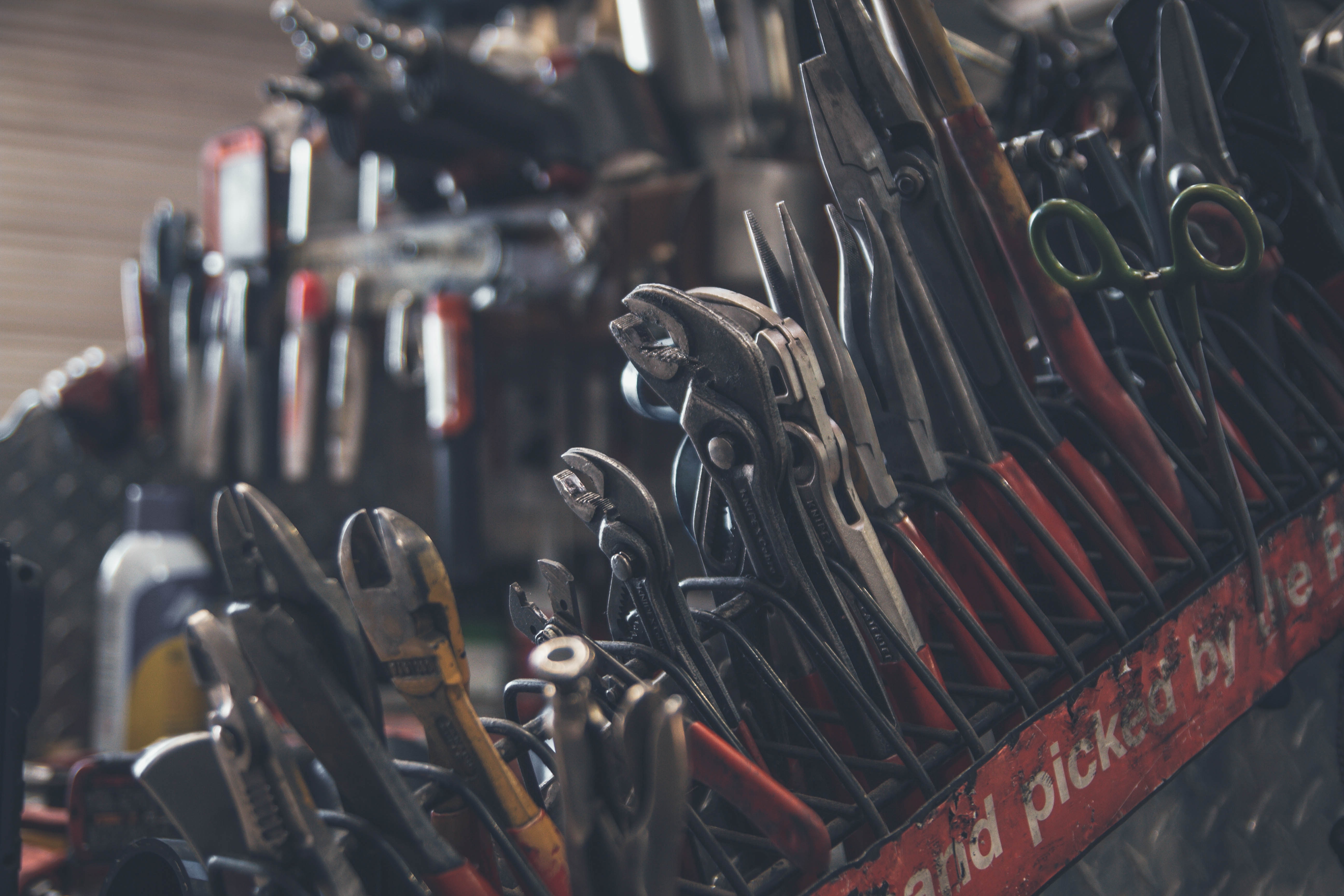
Here are some common signs which may indicate that your house has a water leak:
Unusual Odors
Cause and Identification
Musty or moldy smells often arise from damp conditions behind walls where mold and mildew can thrive unseen. These odors are particularly noticeable in areas that are usually dry and well-ventilated. The presence of a persistent, unpleasant smell, similar to wet socks or rotting wood. Is a strong indicator of hidden moisture.
Action Steps
Investigate areas where the odor is strongest to narrow down the possible location of the leak. Continuous ventilation and the use of dehumidifiers can help manage the symptoms but won’t solve the underlying issue.
Mold and Mildew Growth
Detailed Insight
Mold and mildew prefer dark, moist environments, making the hidden spaces behind walls ideal for their growth. While bathrooms and kitchens are common mold locations due to their high moisture levels. But finding mold in other areas, like living rooms or bedrooms, is a red flag for hidden leaks.
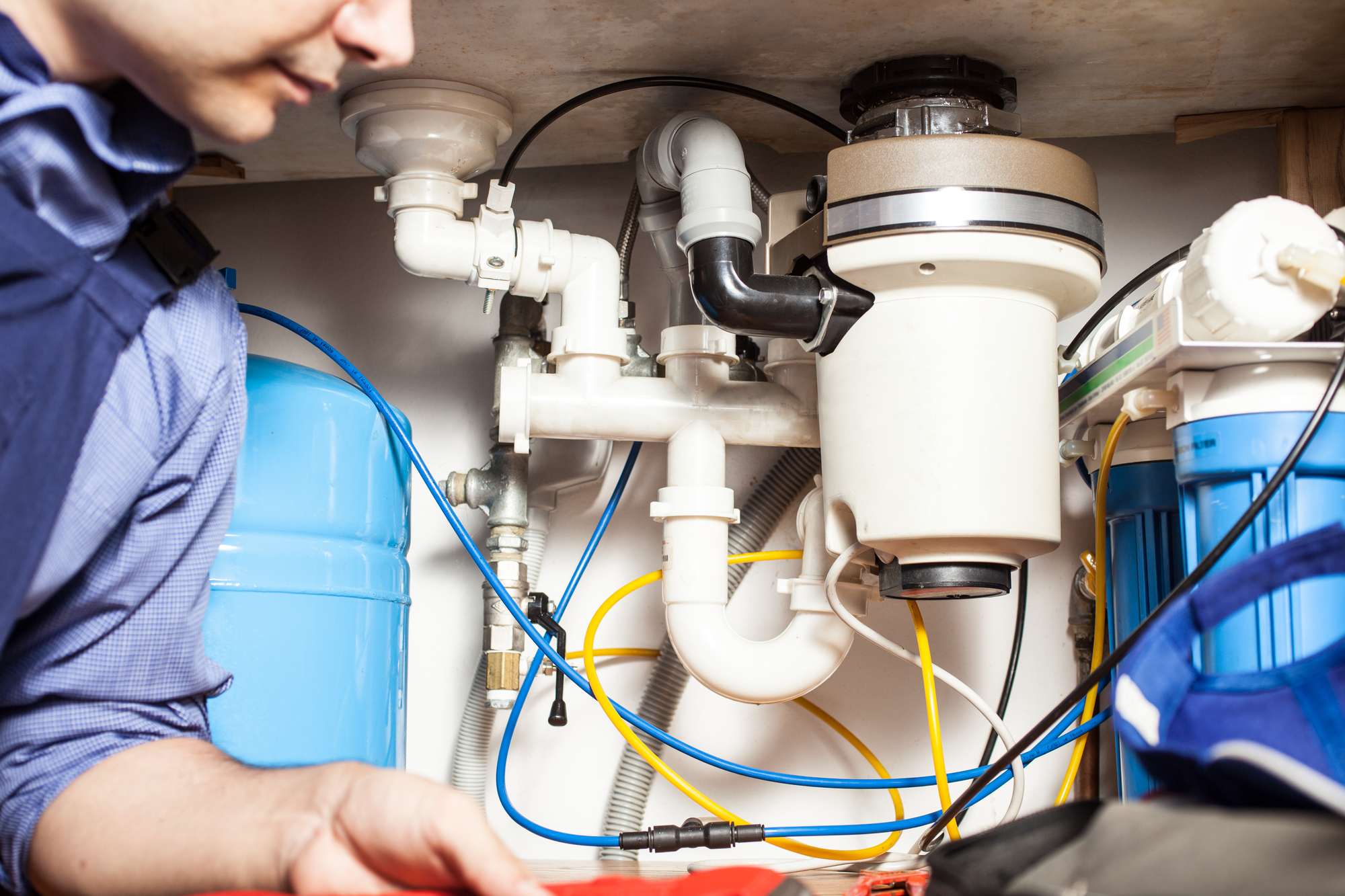
Health Considerations
Prolonged mold exposure can lead to health issues, especially for individuals with allergies, asthma, or compromised immune systems.
Action Steps
If mold is found, it’s crucial to locate and repair the source of moisture. Afterward, mold remediation by professionals is recommended to ensure it is thoroughly removed.
Staining
Water stains may appear as discolored patches with a yellowish or brownish tint. They often have a ringed appearance, growing darker towards the center where the water is most concentrated. The location and pattern of staining can offer clues about the leak source. For instance, stains directly below a bathroom or kitchen might indicate leaking pipes or fixtures in those areas.
Peeling Paint or Wallpaper
Moisture breaking down the adhesive properties of paint or wallpaper glue leads to peeling, blistering, or bubbling surfaces. This sign is often visible in the early stages of a leak, making it a valuable early warning. Regularly inspect walls for any changes in the texture or appearance of paint and wallpaper. Especially in areas known for higher moisture levels.
Warped Walls
Warping occurs when the drywall absorbs water and swells, leading to a bow or curve in the wall’s surface. This can eventually lead to structural damage if the water exposure continues. Warped walls can sometimes be subtle and require a keen eye or a straightedge tool to detect slight deviations from flatness.
Increased Water Bills
An unexplained spike in water bills, despite normal water use patterns, often points to leaks. Hidden leaks can waste a significant amount of water, leading to these unexpected increases. Modern smart water meters and leak detection systems can help monitor water usage and identify leaks. Their early detection allows sending alerts when abnormal water flow is under the radar.
Steps of How to find a leak behind a wall
If your first job is to ensure the probability of leaks behind the walls. The second step is How to find a leak behind a wall. Expanding on the steps to locate and address leaks behind walls. As well as strategies for prevention and maintenance. Provides a more holistic approach to managing this common household issue. Here’s a deeper dive into each phase of the process:
Detailed Steps to Locate a Leak
- Sight: Beyond obvious signs like mold, pay attention to subtle changes in wall texture or color. Water damage might also manifest as slight discoloration before mold appears.
- Smell: A musty odor is a strong indicator of mold or mildew, which thrives in damp environments. This smell is often most noticeable in enclosed spaces.
- Sound: Listen for the sound of dripping or running water when the house is quiet. Especially during times when water use is minimal.
Check the Plumbing Fixtures
Look for leaks around the base of toilets, under sinks, and around shower and tub enclosures. Sometimes, what appears to be a leak behind a wall is a leak at a fixture. Which can travel along a pipe or the surface of the wall. For toilets, a dye test can help identify silent leaks. Adding a few drops of food coloring to the tank and waiting without flushing can reveal a leak if the color appears in the bowl.
Use a Moisture Meter
Place the moisture meter against the wall at various points to get a reading of the moisture levels. High moisture levels can indicate the presence of a leak.
Types of Moisture Meter
- Pin-Type: Ideal for precise, targeted measurements in specific areas. These meters use pins to penetrate materials and provide moisture readings at those points.
- Pinless: Best for scanning larger areas without damaging surfaces, using electromagnetic sensors to detect moisture levels across broad sections.
Understand the baseline moisture level for your home’s materials to accurately identify anomalies. This can vary depending on the type of construction and local climate.
Thermal Imaging
These devices detect temperature differences in walls, with cooler areas potentially indicating moisture. They can provide a visual map of moisture without any need for physical alterations to the wall. While thermal imaging can be done by homeowners. A professional assessment might provide more accurate interpretations of the images.
Inspect with a Camera
Insert an endoscope or inspection camera into small openings. Such as where plumbing or electrical fixtures are, to examine hidden areas of walls. Many of these devices can record video or take pictures. Allowing for a detailed inspection of areas that are otherwise inaccessible.
Prevention and Maintenance
For any kind of problem preventive methods are the best solution. Preventive solutions ensure that persistent problems do not continue for longer periods. Especially for houses, homeowners fear the most when they face the problem of leaking behind their walls. How to find a leak behind a wall has its fair value and reasoning. As well how to prevent it from happening has its importance as well. This is why some preventive steps can be a matter of concern for long-term solutions.
Regular Inspections
Regularly inspect areas prone to water damage, including under sinks, around appliances, and in basements or crawl spaces. Consider having your plumbing system professionally inspected annually, especially if your home is older or has a history of plumbing issues.
Maintain Your Plumbing System
Even small leaks can lead to significant damage over time, so address them as soon as they are detected. In cold climates, prevent pipes from freezing and bursting by insulating them or using heat tape.
Install Leak Detection Systems
Install these devices near water heaters, washing machines, and other appliances to alert you to leaks. Consider investing in a system that monitors your home’s entire water supply for unusual flow. Which will indicate a leak, offering real-time alerts and the ability to shut off water automatically.
Fixing the Leak
Calling a Professional
If the leak’s source is unclear and you have extensive damage. Otherwise, your repair requires specialized knowledge. Calling a professional plumber or water damage restoration expert is essential. Look for licensed, insured professionals with good reviews and experience with similar issues.
Doing It Yourself
Gather the necessary tools and materials, such as replacement pipes, fittings, drywall repair kits, and paint. Turn off the water supply before beginning any repairs to avoid further damage or injury. Use detailed repair guides or tutorials specific to your situation, and consider consulting with a professional before starting.
Conclusion
Finding and fixing a leak behind a wall requires patience, the right tools, and sometimes the expertise of a professional. By following the steps outlined in this guide, you can address leaks effectively. Preventing further damage to your home and safeguarding your health and finances. Always prioritize safety and don’t hesitate to seek professional help when in doubt.


